Spatial atlas of the mouse central nervous system at molecular resolution
- PMID: 37758947
- PMCID: PMC10709140
- DOI: 10.1038/s41586-023-06569-5
Spatial atlas of the mouse central nervous system at molecular resolution
Erratum in
-
Publisher Correction: Spatial atlas of the mouse central nervous system at molecular resolution.Nature. 2024 Jan;625(7993):E6. doi: 10.1038/s41586-023-06920-w. Nature. 2024. PMID: 38066327 Free PMC article. No abstract available.
Abstract
Spatially charting molecular cell types at single-cell resolution across the 3D volume is critical for illustrating the molecular basis of brain anatomy and functions. Single-cell RNA sequencing has profiled molecular cell types in the mouse brain1,2, but cannot capture their spatial organization. Here we used an in situ sequencing method, STARmap PLUS3,4, to profile 1,022 genes in 3D at a voxel size of 194 × 194 × 345 nm3, mapping 1.09 million high-quality cells across the adult mouse brain and spinal cord. We developed computational pipelines to segment, cluster and annotate 230 molecular cell types by single-cell gene expression and 106 molecular tissue regions by spatial niche gene expression. Joint analysis of molecular cell types and molecular tissue regions enabled a systematic molecular spatial cell-type nomenclature and identification of tissue architectures that were undefined in established brain anatomy. To create a transcriptome-wide spatial atlas, we integrated STARmap PLUS measurements with a published single-cell RNA-sequencing atlas1, imputing single-cell expression profiles of 11,844 genes. Finally, we delineated viral tropisms of a brain-wide transgene delivery tool, AAV-PHP.eB5,6. Together, this annotated dataset provides a single-cell resource that integrates the molecular spatial atlas, brain anatomy and the accessibility to genetic manipulation of the mammalian central nervous system.
© 2023. The Author(s), under exclusive licence to Springer Nature Limited.
Conflict of interest statement
X.W., H. Shi and Y.Z. are inventors on pending patent applications related to circular RNA barcodes. X.W. and J.R. are inventors on pending patent applications related to STARmap PLUS. X.W. is a scientific cofounder of Stellaromics. The other authors declare no competing interests.
Figures


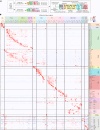


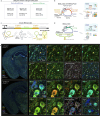
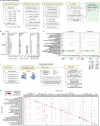
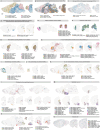
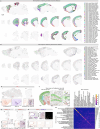
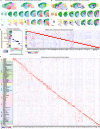
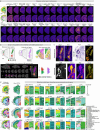
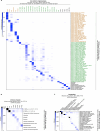
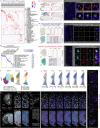
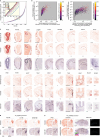
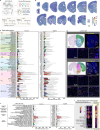
References
Publication types
MeSH terms
Grants and funding
LinkOut - more resources
Full Text Sources
Other Literature Sources
Research Materials

